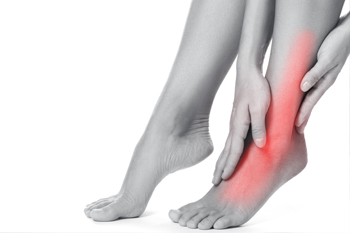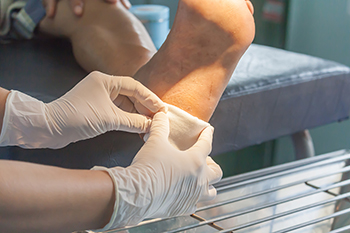
Podiatrists specialize in diagnosing, treating, and preventing various foot and ankle conditions. These medically trained foot doctors address common conditions such as plantar fasciitis, bunions, heel spurs, ingrown toenails, and diabetic foot complications, to name a few. They conduct thorough evaluations with diagnostic tools, including X-rays, imaging tests, and medical histories to formulate comprehensive treatment plans tailored to each patient's needs. Treatment modalities may include medication, orthotic devices, and surgical interventions when necessary. With their expertise and dedication, podiatrists empower individuals to maintain optimal foot health, alleviate discomfort, and regain mobility, enhancing their overall quality of life. The feet are the foundation of the body and having foot pain can wreak havoc on daily activities. If you have foot pain for any reason, it is strongly suggested that you visit a podiatrist who can offer you appropriate treatment measures.
If you are dealing with pain in your feet and ankles, you may want to seek help from a podiatrist. Feel free to contact the podiatrists from Boston Common Podiatry. Our doctors can provide the care you need to keep you pain-free and on your feet.
What Is a Podiatrist?
A podiatrist is a doctor of podiatric medicine who diagnoses and treats conditions of the foot, ankle, and related structures of the leg. Your podiatrist may specialize in a certain field such as sports medicine, wound care, pediatrics, and diabetic care. Podiatrists have the ability to become board certified through training, clinical experience, and then taking an exam.
What Do Podiatrists Do?
On a daily basis, a podiatrist may perform the following activities:
- Diagnose foot ailments such as ulcers, tumors, fractures, etc.
- Use innovative methods to treat conditions
- Use corrective orthotics, casts, and strappings to correct deformities
- Correct walking patterns and balance
- Provide individual consultations to patients
It is very important that you take care of your feet. It’s easy to take having healthy feet for granted, however foot problems tend to be among the most common health conditions. Podiatrists can help diagnose and treat a variety of feet related conditions, so it is crucial that you visit one if you need assistance.
If you have any questions please feel free to contact our office located in Boston, MA . We offer the newest diagnostic and treatment technologies for all your foot and ankle needs.














